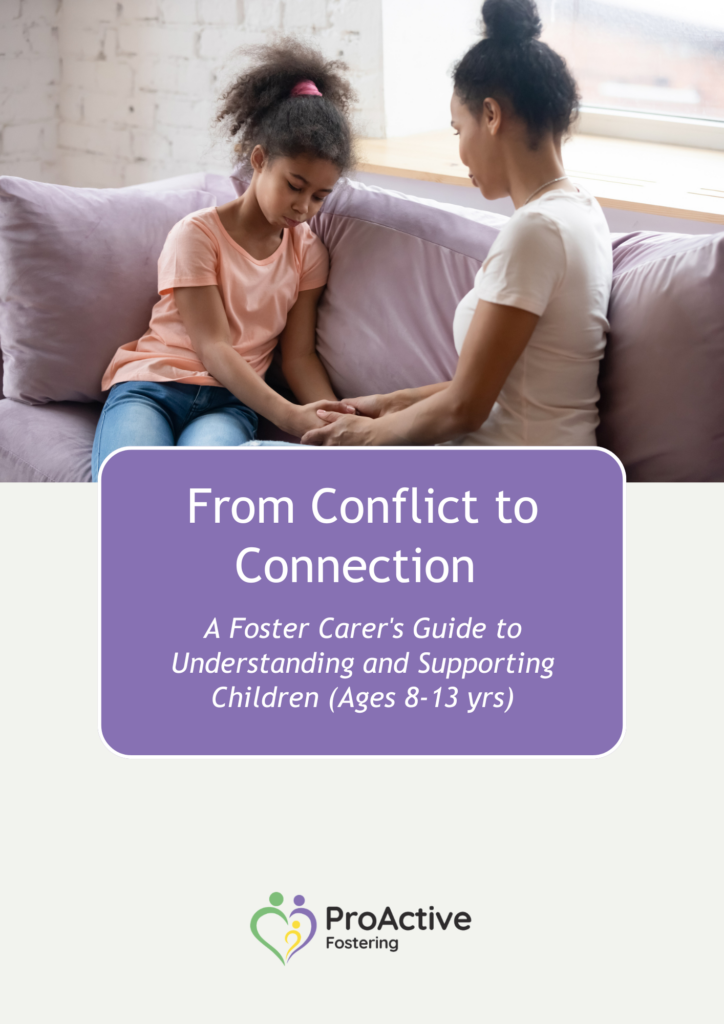
Between slammed doors, eye rolls, and sudden mood swings, caring for an 8 to 13-year-old can feel like an emotional rollercoaster. But for children in care, conflict isn’t just about pushing boundaries—it’s about survival.
Click the blue button below to Download the Guide
Many young people in care have experienced placement disruptions, loss, or trauma that make them hyper-aware of rejection. Every disagreement, raised voice, or unexpected change can feel like a threat to their stability. That’s why traditional discipline approaches often lead to bigger outbursts, deep shame, and increased disconnection.
But with the right approach, you can turn these tricky moments into opportunities to build trust, strengthen connection, and support emotional growth.
Why Do Small Issues Turn Into Big Conflicts?
Pre-teens in care experience the world differently. Their early experiences shape how they respond to stress, conflict, and even everyday interactions. What seems like a minor request—“Turn off the Xbox” or “Time to brush your teeth”—can spark an intense emotional reaction.
This isn’t defiance. It’s a survival response.
Common Triggers for Emotional Reactions:
For a child in care, conflict can feel like rejection or abandonment. By understanding how their brain processes stress, you can help them feel safe, seen, and supported—even in difficult moments.
In this downloadable resource, you’ll learn:
Click the blue button below to Download the Guide
Our goal is to enhance quality of life for everyone with a compelling emphasis on the benefits of healthy, therapeutic relationships.